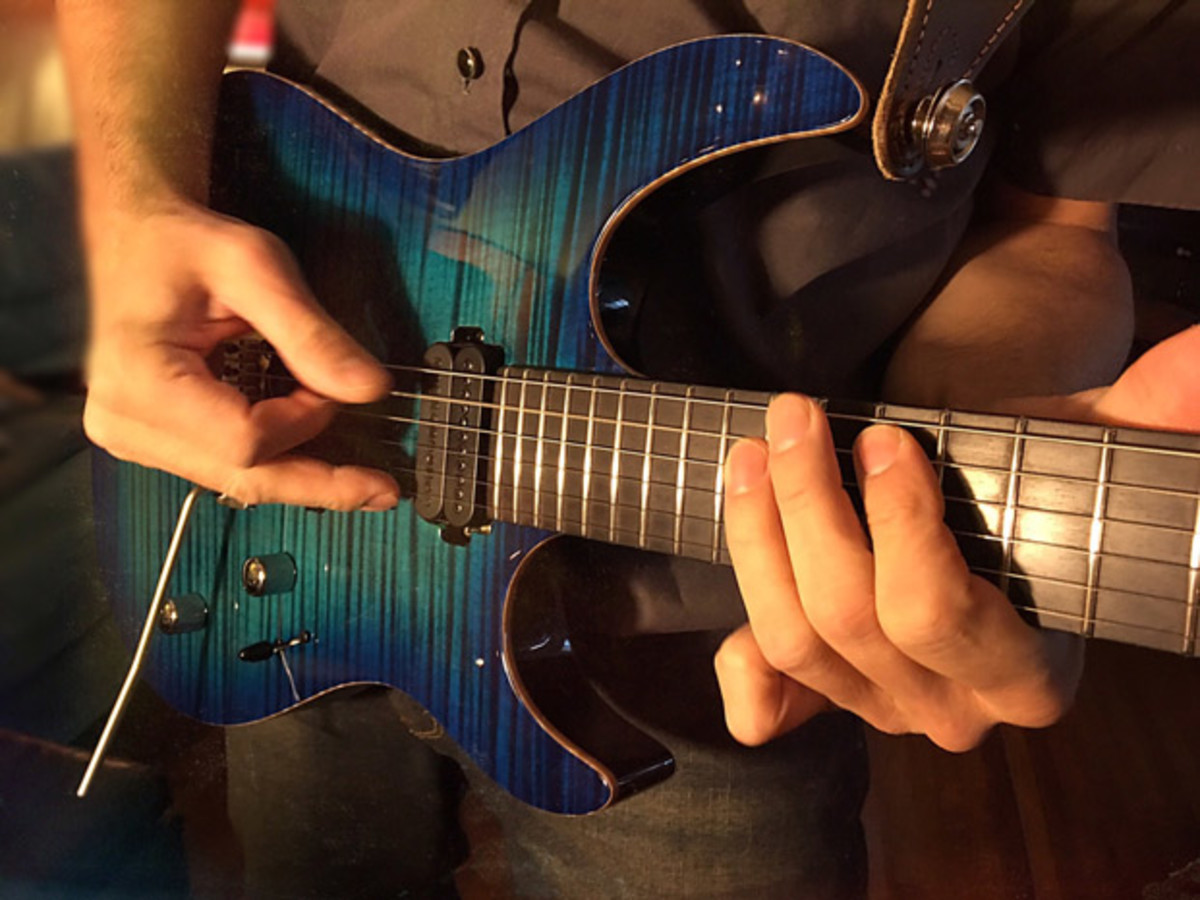Add a Neo-Classical Dynamic to Your Solos with the Phrygian Mode

The Phrygian Mode has been in existence in various forms since the Greeks first invented it sometime between the 13th and 9th centuries BC. Indeed, the very name Phrygian is derived from what was once an ancient kingdom called Phrygia in Anatolia. The kingdom is long gone but the mode remains, and can be heard in music as diverse as Bach’s Tocacata and Fugue in D minor (you know, the 'Dracula is coming' music) to “Wherever I May Roam” by Metallica.
From the 18th century onward, the Phrygian Mode consisted of a root note, minor second, minor third, perfect fourth, perfect fifth, minor sixth, minor seventh and the octave. With E as the root note, the scale is E F G A B C D E. Just ask Howard Shore who composed the film score for The Lord of the Rings: The Fellowship of the Ring. The music accompanying the opening sequence is entirely in the Phrygian Mode.
So, what does that mean for guitarists? It means that this is a mode you should learn because it will add an exotic neo-classical dynamic to your solos. Plus, practiced as a modified descending scale pattern—it will up your speed and impress your friends.
Here’s the pattern. Starting on the high E (1 string) with your pinky on the 12th fret you will play E D C B, D C B A, C B A G, B A G F . By now you have reached the 3 string and your pinky should be on the 10th fret. Shift your pinky down one fret and repeat the pattern on the G D and A strings. (E D C B, D C B A, etc.) When you reach the bottom F note of this rotation of the pattern your pinky will be on the 8th fret of the A string. Again, slide your pinky down one fret—from F to E—and repeat the pattern on the A and E string, ending with an open E. It’s all one shape, which gives you the advantage of being able to play it quickly and anywhere on the neck once it’s mastered.
Watch the instructional video and learn to shred a scale that not only sounds cool, but has been influencing music for over 3000 years.
Get The Pick Newsletter
All the latest guitar news, interviews, lessons, reviews, deals and more, direct to your inbox!
“There are so many sounds to be discovered when you get away from using a pick”: Jared James Nichols shows you how to add “snap, crackle and pop” to your playing with banjo rolls and string snaps
Don't let chord inversions bamboozle you. It's simply the case of shuffling the notes around







![Joe Bonamassa [left] wears a deep blue suit and polka-dotted shirt and plays his green refin Strat; the late Irish blues legend Rory Gallagher [right] screams and inflicts some punishment on his heavily worn number one Stratocaster.](https://cdn.mos.cms.futurecdn.net/cw28h7UBcTVfTLs7p7eiLe.jpg)


